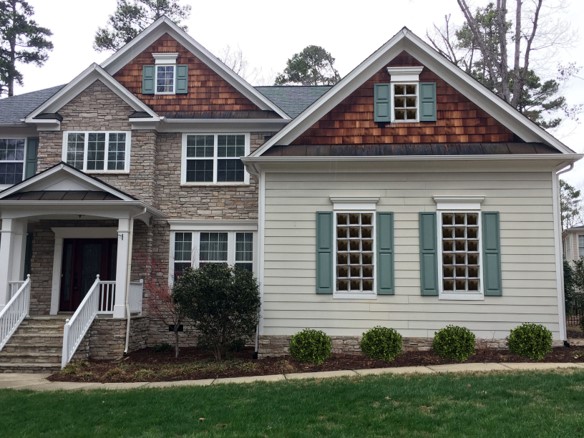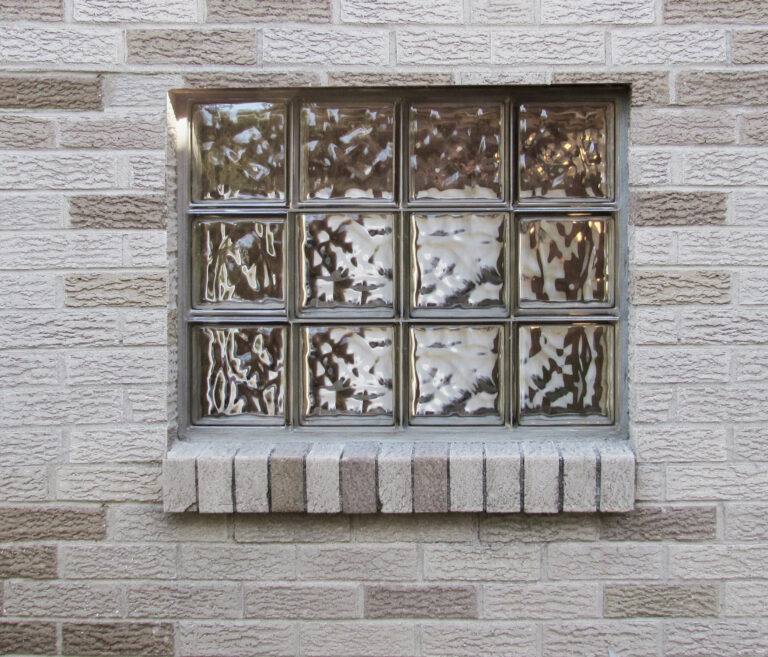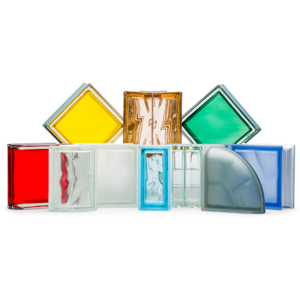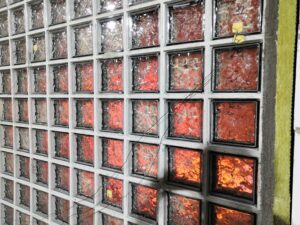When a hurricane hits, the aftermath can be overwhelming. Beyond the immediate danger, there are important steps to take to ensure your safety and start the process of recovery. In this blog, we’ll guide you through what to do after a hurricane and highlight the importance of replacing any broken windows with hurricane-rated glass block windows.

1. Ensure Personal Safety
Your first priority after a hurricane should be your safety and the safety of your loved ones. Follow these essential steps:
- Check for Injuries: If anyone is hurt, seek medical attention immediately. Stay tuned to local radio or emergency alerts for information on available services.
- Avoid Floodwaters: Floodwaters may be contaminated with sewage, chemicals, or other hazards. Keep a safe distance and avoid walking or driving through them.
- Evacuate If Necessary: If your home is no longer safe due to structural damage or flooding, evacuate to a shelter or a safe location.
2. Assess Property Damage
Once you’ve confirmed your safety, it’s time to assess the damage to your property. Here’s how to do it:
- Document the Damage: Take photos and videos of the damage to your home, including your roof, windows, doors, and other areas that were affected. This documentation will be critical for insurance claims.
- Look for Structural Issues: Check for signs of structural damage such as cracked walls, loose roof tiles, and exposed wiring. If you notice any severe structural damage, do not enter the property until it has been inspected by professionals.
- Inspect for Water Damage: Flooding and water intrusion are common after hurricanes. Look for water stains, mold growth, or soggy materials like carpets and drywall.
3. Contact Your Insurance Company
After you’ve documented the damage, contact your insurance company as soon as possible. Here’s what you need to do:
- File a Claim: Provide your insurance company with detailed documentation of the damage. They may send an adjuster to inspect your home.
- Save Receipts: If you need to make temporary repairs, keep receipts for any supplies or services. Your insurance company may reimburse you for these costs.
4. Make Temporary Repairs
While waiting for a full inspection and insurance processing, you can make temporary repairs to protect your home from further damage:
- Cover Roof Leaks: Use tarps or plastic sheeting to cover any leaks in your roof.
- Board Up Broken Windows: Broken windows can let in rain and debris, worsening the damage. Board them up with plywood or plastic sheeting until you can make permanent repairs.
5. Replace Broken Windows with Hurricane-Rated Glass Block Windows
If you have broken windows as a result of the storm, consider upgrading to hurricane-rated glass block windows. Here’s why they’re an excellent choice for storm-prone areas:
- Superior Strength: Our hurricane-rated glass block windows meet Dade County and Texas Department of Insurance standards, they are designed to withstand extreme winds, flying debris, and other forces of nature, providing enhanced protection compared to traditional windows.
- Enhanced Privacy: These blocks offer increased privacy, making them ideal for bathrooms, kitchens, and other areas where you want both protection and privacy.
- Minimal Maintenance: Unlike standard windows, which often need shutters or other hurricane protection, glass block windows require little maintenance and offer year-round protection.
Replacing broken windows with hurricane-rated glass block windows can significantly improve the safety and security of your home while adding a modern, stylish touch to your space.

6. Check Utilities
- Electricity: If your power is out, avoid using candles and instead use flashlights or battery-powered lanterns. If you evacuated, wait for official confirmation that it is safe to return home and use your electricity.
- Gas Leaks: If you smell gas or hear hissing, turn off your gas supply immediately and leave the premises. Call your utility company or emergency services for help.
- Water Supply: Check for signs of contamination in your water. If there are warnings about water quality in your area, use bottled water for drinking, cooking, and personal hygiene.
7. Clean Up Safely
Once utilities are restored and your home is secure, begin the cleanup process:
- Wear Protective Gear: When cleaning up debris, wear gloves, sturdy shoes, and long sleeves to protect yourself from sharp objects and hazardous materials.
- Remove Water-Damaged Items: Discard any water-soaked materials like carpets, furniture, and insulation that cannot be properly cleaned and dried. Mold can develop quickly in wet conditions.
- Address Mold Issues: If you discover mold, wear a mask and use proper cleaning solutions to remove it. In severe cases, consider hiring a professional mold remediation service.
8. Prepare for Future Storms
Once you’ve restored your home, consider taking steps to prepare for future hurricanes:
- Upgrade to Hurricane-Rated Windows: As mentioned earlier, upgrading to hurricane-rated glass block windows will provide lasting protection.
- Install Storm Shutters: For other windows and doors, install storm shutters or hurricane impact windows to protect your home from future damage.
- Create a Disaster Kit: Restock your emergency supplies, including water, food, batteries, flashlights, and first-aid kits, so you’re prepared for the next storm.
Final Thoughts
Recovering from a hurricane is a challenging process, but taking the right steps early on can make a big difference in the safety and comfort of your home. By replacing broken windows with hurricane-rated glass block windows, you can ensure long-lasting protection and peace of mind for future storms.
For more ways on how to stay safe after a hurricane check out redcross.org
Stay safe, and remember that investing in quality hurricane-resistant glass block windows now can help protect your home for years to come.






Give us a follow!